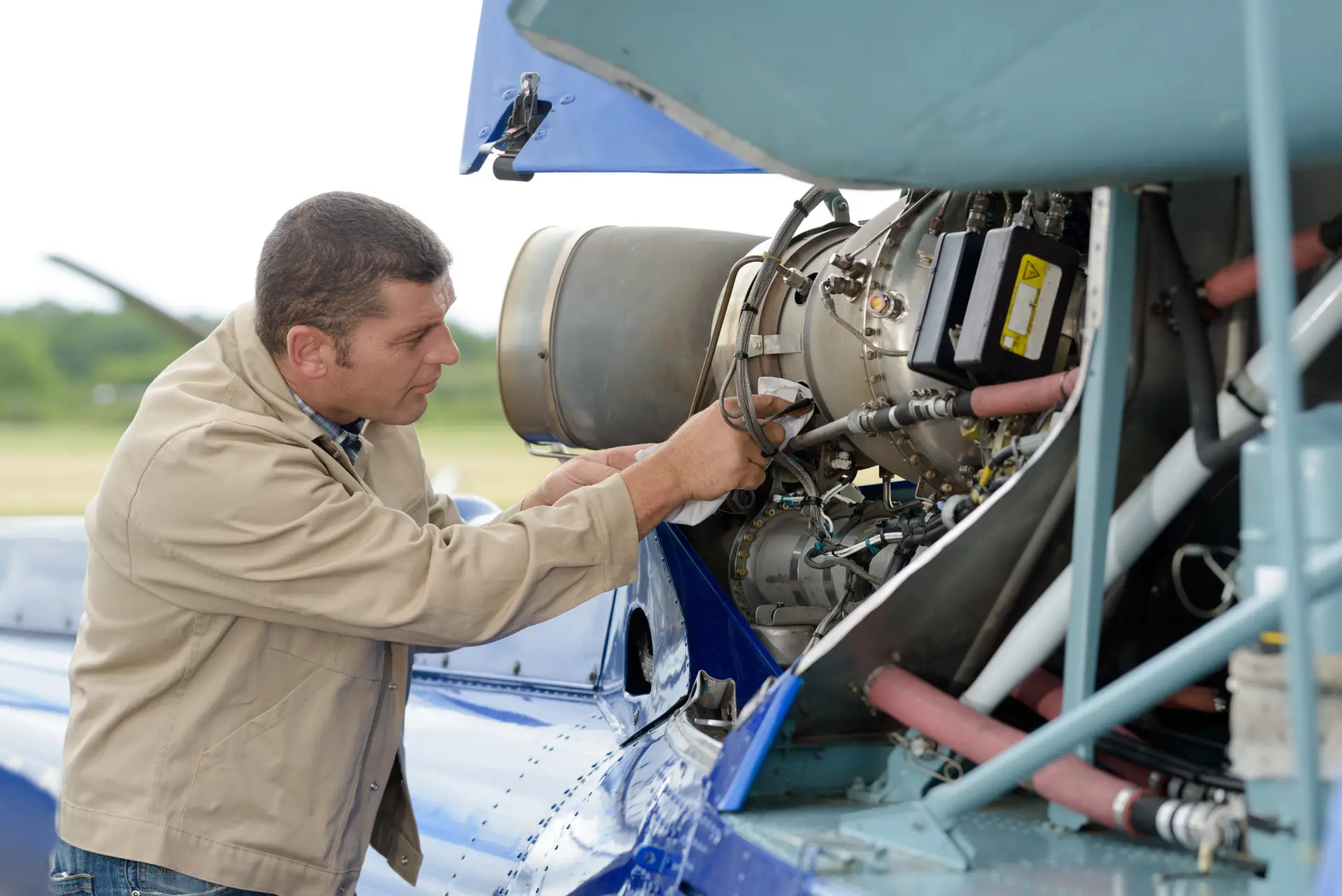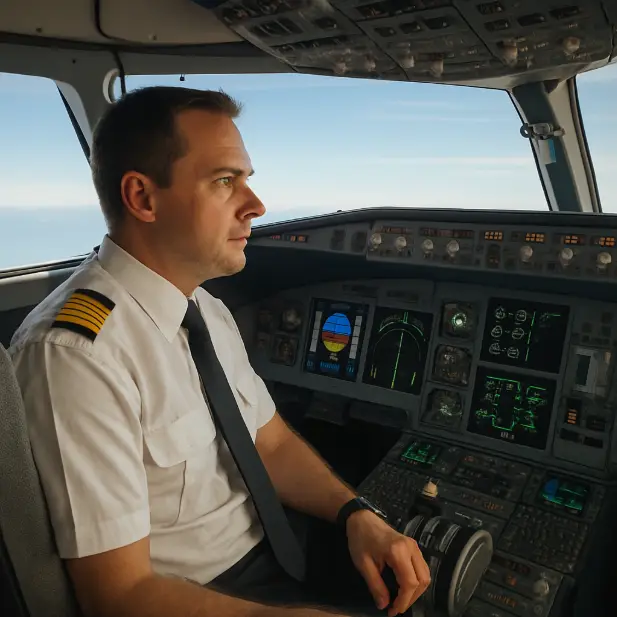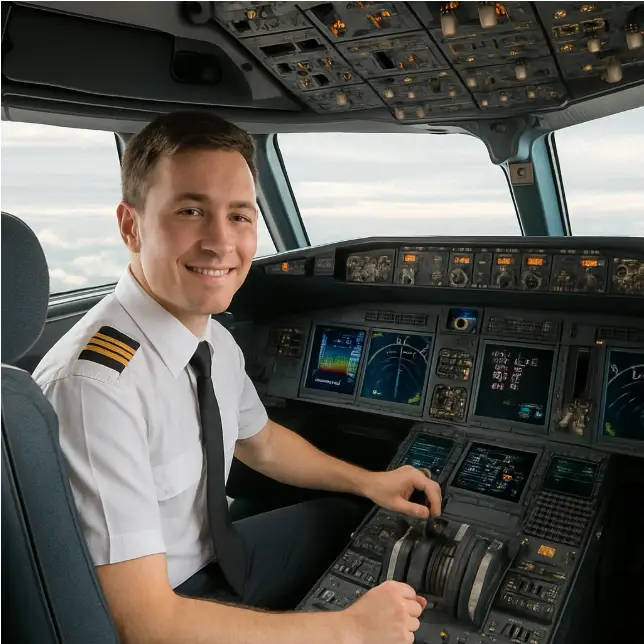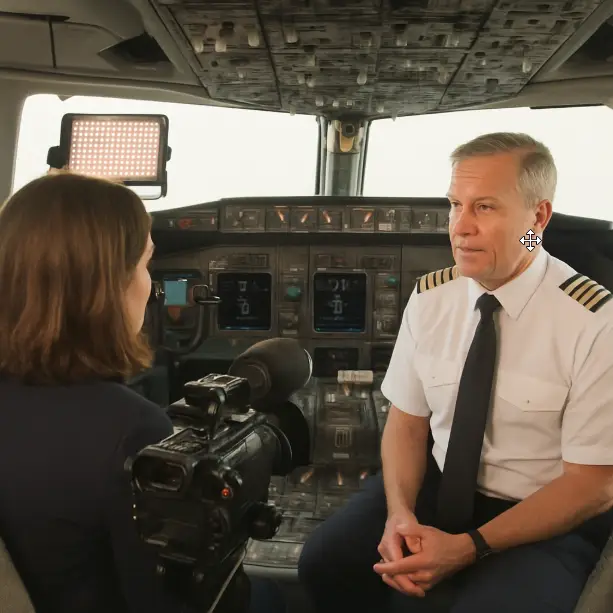Aircraft Ownership Maintenance: Tips & Costs

- aviatorpro_6714
Owning an aircraft comes with the responsibility of regular maintenance to ensure safety and performance. Without proper upkeep, the risk of mechanical failure increases, which can endanger lives and lead to costly repairs. Regular maintenance not only enhances safety but also preserves the aircraft’s value, ensuring that it remains a sound investment for years to come. Here are some best practices to keep your aircraft in top condition:
Regular Inspections
Routine inspections are vital for identifying potential issues before they become major problems. As a private pilot, it’s important to adhere to the Federal Aviation Administration (FAA) regulations, which typically require an annual inspection. However, many owners opt for more frequent checks, like a 100-hour inspection, especially if the aircraft is used for hire. Additionally, conducting pre-flight inspections and post-flight checks can catch minor issues early, providing peace of mind before every journey. Regular inspections not only ensure compliance with legal requirements but also build confidence in the aircraft’s reliability.
Engine Care
The heart of your aircraft is its engine, and taking care of it is paramount. Regular oil changes, monitoring fluid levels, and adhering to the manufacturer’s maintenance schedule will prolong the life of your engine. Additionally, pay attention to unusual noises or vibrations, as these can be early warning signs of engine trouble. Keeping a detailed log of engine performance and maintenance activities can help diagnose issues quickly and accurately. Partnering with a certified mechanic for engine inspections ensures that your aircraft receives expert care, minimizing the risk of unexpected breakdowns.
Avionics and Electronics
Modern aircraft rely heavily on avionics and electronic systems. Regular software updates, system checks, and ensuring that all components are functioning correctly can prevent unexpected failures during flight. It’s also beneficial to have a reliable avionics technician inspect these systems periodically. Investing in quality avionics and keeping them up-to-date enhances navigation, communication, and safety. Staying informed about the latest technological advancements can also offer opportunities to upgrade systems, improving overall flight experience and efficiency.
Tire and Brake Maintenance
Aircraft tires and brakes endure significant stress during takeoffs and landings. Regularly inspect tires for wear and proper inflation, and ensure that brake systems are functioning optimally. Replacing tires and brake pads before they reach critical wear can prevent incidents on the runway. A proactive approach to tire and brake maintenance not only ensures safety but also reduces the likelihood of costly damage to other aircraft components. Developing a routine maintenance schedule for these systems can prevent downtime and keep your aircraft ready for flight.
Understanding Hangar Costs
Hangar costs are a significant consideration for aircraft owners. These costs can vary widely based on location, hangar size, and amenities. Understanding these factors can help you find the best balance between cost and convenience, ensuring that your aircraft is both protected and accessible. Here’s what you need to know:
Location Matters
The cost of hangar space can vary dramatically depending on the airport’s location. Busy metropolitan airports typically have higher rates compared to rural areas. It’s important to weigh the convenience of proximity to your home or business against the cost savings of a more remote location. Urban hangars may offer additional amenities and services, while rural options might provide more space and privacy. Conducting a thorough analysis of different locations can reveal hidden costs or savings, helping you make a well-informed decision.
Hangar Types
Hangars come in various types, from simple open-air tie-downs to fully enclosed and climate-controlled spaces. Open-air tie-downs are the most economical but offer the least protection from weather. Enclosed hangars provide better security and protection against the elements, albeit at a higher cost. Climate-controlled hangars offer optimal conditions for preserving aircraft condition, especially valuable for high-performance or vintage planes. Evaluate your specific needs, budget, and aircraft type to choose the most suitable hangar solution.
Shared Hangar Space
For those looking to reduce hangar costs, shared hangar space is an option worth considering. By sharing a hangar with another aircraft owner, you can significantly cut costs while still providing adequate protection for your aircraft. Shared hangar arrangements require clear agreements regarding space usage, access, and responsibilities. Collaborating with like-minded owners can also lead to shared resources and knowledge, enhancing the overall ownership experience.
Exploring Shared Ownership Models
Shared ownership models have gained popularity as they offer a cost-effective way to enjoy the benefits of aircraft ownership without the full financial burden. These models cater to a wide range of needs and budgets, allowing more people to experience the joy of flying. Here’s a look at some common shared ownership models:
Fractional Ownership
Fractional ownership allows multiple parties to own a share of an aircraft. Each owner is entitled to a certain number of flight hours per year, and costs are split among the owners. This model is ideal for those who fly frequently but don’t need full-time access to an aircraft. Fractional ownership companies often manage maintenance, scheduling, and administrative tasks, making it a convenient option. This arrangement provides the benefits of ownership with reduced personal involvement in day-to-day operations.
Co-ownership
Co-ownership involves two or more individuals jointly owning an aircraft. Unlike fractional ownership, co-owners have equal rights and responsibilities. It’s crucial to have a clear agreement outlining responsibilities, scheduling, and maintenance to avoid disputes. Co-ownership fosters a sense of community and collaboration, as owners work together to manage the aircraft. This model allows for more customized arrangements, as co-owners can tailor agreements to meet their specific needs and preferences.
Aircraft Leasing
Leasing an aircraft is another option for those who want access to a plane without the long-term commitment of ownership. Lease agreements can vary in terms of duration and conditions, making it a flexible option for many pilots. Leasing provides the opportunity to access a range of aircraft types and models, accommodating different flying needs and experiences. This option allows pilots to enjoy the benefits of flying without the responsibilities of ownership, making it an attractive choice for many.
Key Considerations for Shared Ownership
Before entering into any shared ownership agreement, consider the following:
Legal Agreements
A clear legal agreement is essential to outline each party’s rights and responsibilities. This includes scheduling, maintenance responsibilities, and financial obligations. Consulting with an aviation attorney can ensure that all parties are protected. Detailed agreements prevent misunderstandings and provide a framework for resolving disputes. Legal documents should be revisited periodically to adapt to changes in ownership or usage.
Maintenance Responsibilities
Shared ownership means shared maintenance responsibilities. It’s crucial to have a plan in place for how maintenance tasks and costs will be divided among owners. This ensures that the aircraft remains in top condition without placing an undue burden on any single owner. Regular communication and updates on maintenance activities keep all parties informed and engaged. Establishing a maintenance committee or appointing a representative can streamline decision-making processes.
Scheduling Conflicts
One potential downside of shared ownership is scheduling conflicts. To mitigate this, consider using an online scheduling tool that allows all owners to book flight time in advance. Establishing clear communication and flexibility among owners can also help prevent disputes. Open dialogue and a spirit of cooperation contribute to a positive shared ownership experience. Regular meetings to discuss scheduling and address concerns can foster a harmonious relationship among owners.
Conclusion
Owning an aircraft is a rewarding experience that comes with its own set of challenges. By understanding maintenance best practices, being aware of hangar costs, and exploring shared ownership models, you can make informed decisions that suit your flying needs and budget. These insights empower potential and current aircraft owners to navigate the complexities of ownership with confidence and clarity. Whether you’re a private pilot or an aviation enthusiast, these insights will help you navigate the complexities of aircraft ownership with confidence.
Implement these strategies, and you’ll be well on your way to enjoying the freedom and excitement that comes with owning and flying your own aircraft. By embracing these practices, you can maximize the benefits of aircraft ownership while minimizing the risks and challenges. Safe travels!



